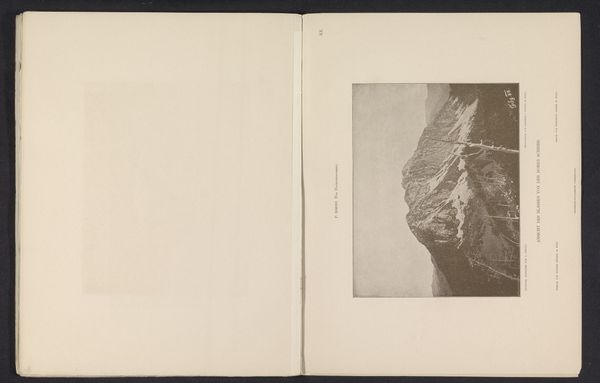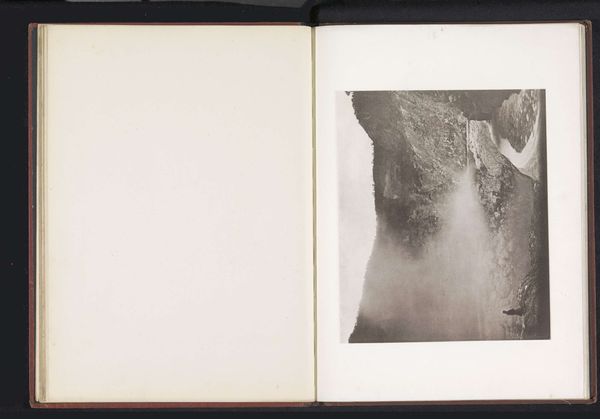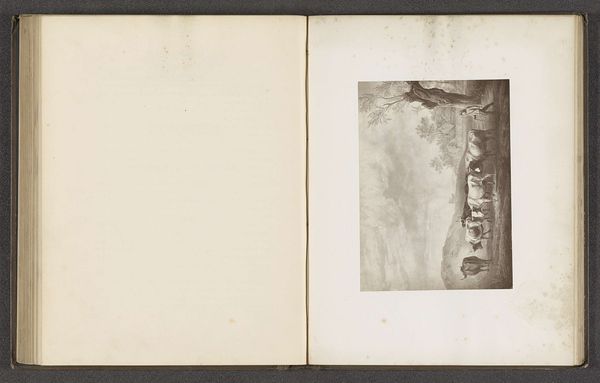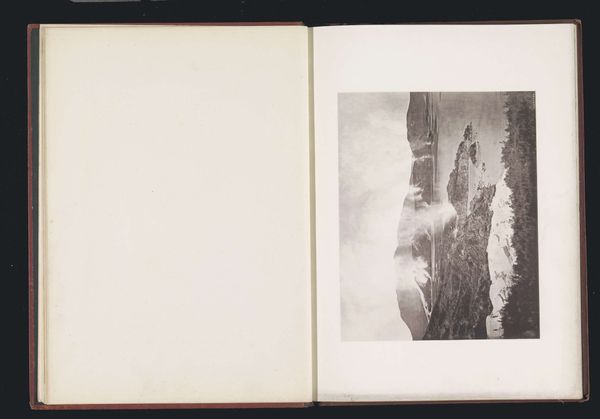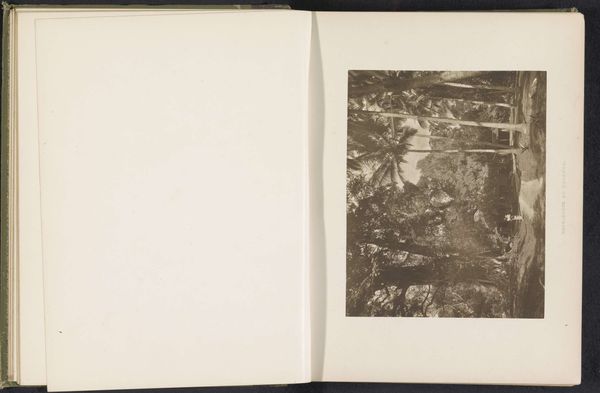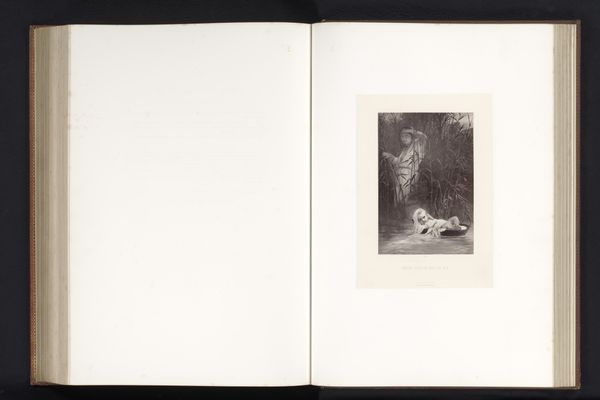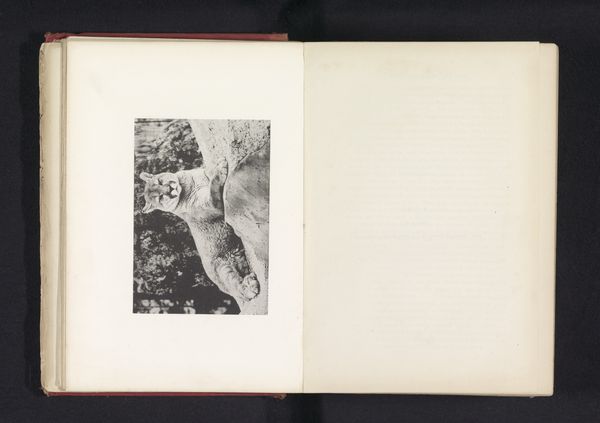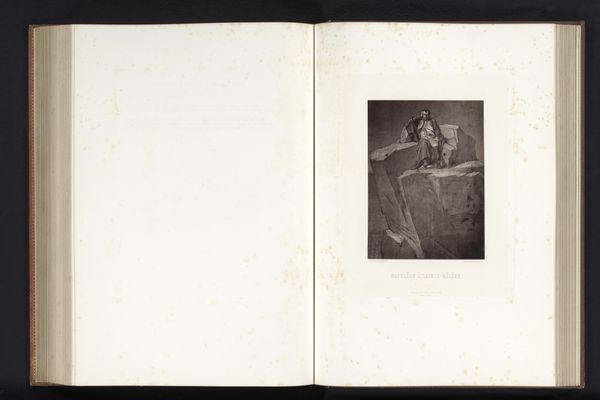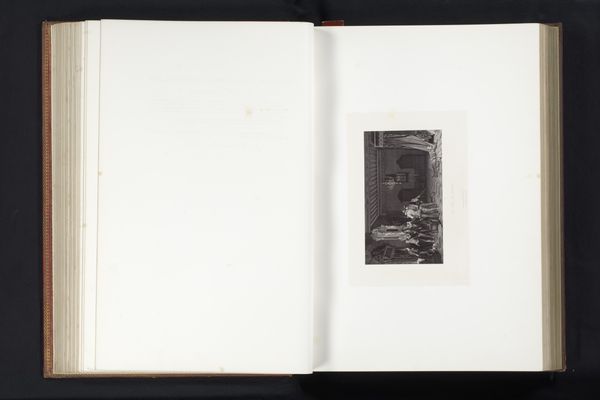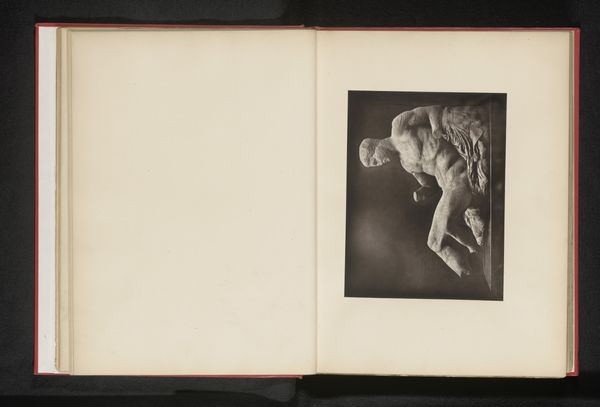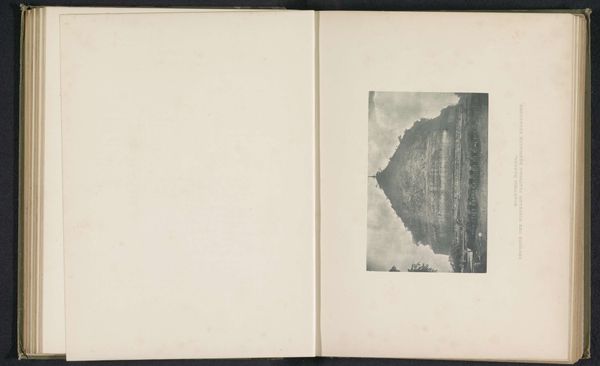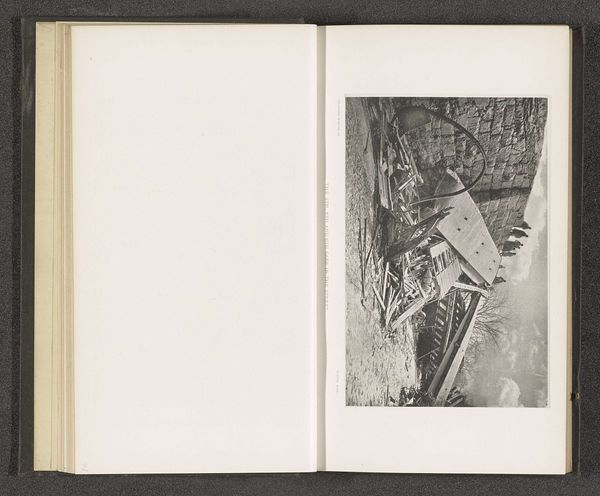
print, photography, albumen-print
#
aged paper
#
ink paper printed
# print
#
asian-art
#
sketch book
#
hand drawn type
#
landscape
#
photography
#
personal sketchbook
#
hand-drawn typeface
#
pen-ink sketch
#
pen work
#
sketchbook drawing
#
sketchbook art
#
albumen-print
Dimensions: height 126 mm, width 195 mm
Copyright: Rijks Museum: Open Domain
This photograph of the Maha Seya dagaba was taken by Henry William Cave, a British photographer active in the late 19th and early 20th centuries. As a photograph, its materiality resides in the chemical processes that fixed light onto a surface. Think about what it took to produce this image. From the mining of the silver used in the photographic emulsion, to the industrial production of the camera and lens. The photograph also bears the mark of a colonial gaze. Cave was part of a larger system that sought to document and classify the cultures of the British Empire, translating a complex monument into a commodity for Western consumption. Looking at this image, it is important to consider not only the dagaba itself, but also the means of its representation, and how this technology was imbricated with global networks of power and exchange. Understanding this sheds new light on the cultural and historical context in which the photograph was made and circulated.
Comments
No comments
Be the first to comment and join the conversation on the ultimate creative platform.

